
Using prescribed fire to restore the landscape
Parks Canada's report on conservation from 2018 to 2023
- Report section
- Adaptive management
- Location
- Banff National Park, Glacier National Park, Jasper National Park, Kootenay National Park, Mount Revelstoke National Park and Yoho National Park in Alberta and British Columbia
With decades of work in prescribed fire, Parks Canada’s mountain national parks are reversing the negative ecological consequences caused by the prior removal of wildfire from the land and are restoring the landscape.
As prescribed fire is a complex process, adaptive management is central to the approach.
Project highlights
- 13 prescribed fires across 6 parks
- 6336 hectares treated with prescribed fire
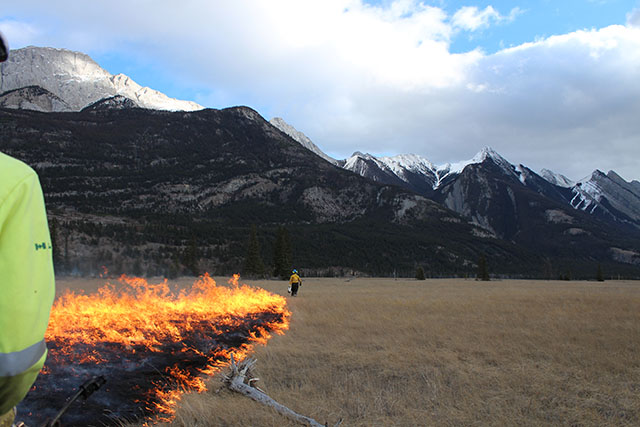
Igniting the Henry House grasslands prescribed fire (2021) in Jasper National Park. Photo: Sean Buckle/Parks Canada
Context

Indigenous peoples have been shaping and caring for the landscape with cultural fire for millennia. Objectives and practices for these fires vary by community but some examples include improving animal habitat, protecting communities from wildfires, improving medicinal plant health and abundance, and nurturing the connection of families to land. Wildfire is also a natural process and a key to renewal for many ecosystems.
The early 20th century approach to fire
In the early part of the 20th century, Parks Canada’s oldest parks, in Alberta’s Rocky Mountains, deliberately suppressed fire from the landscape. At that time, there was a lack of understanding of fire as an important agent of disturbance and a critical component of healthy ecosystem function. Wildfires were all but eliminated from the parks, and cultural burning undertaken by Indigenous Peoples was banned. These early conservation actions led to a loss of important Indigenous cultural practices and negative ecological consequences. They created unnaturally large fuel loads on the land, which increased the risk of severe wildfires. These actions also disrupted other natural processes, leading to the loss of biodiversity and wildlife habitat, and increased susceptibility to disease and insect damage.
The introduction of prescribed fire
40 years ago, Parks Canada learned from the negative outcomes of the previous conservation approach of suppressing fire and adapted its management practices on a large scale. This adaptation shifted the conservation approach to using prescribed fire to re-introduce fire to the landscape in a controlled manner.
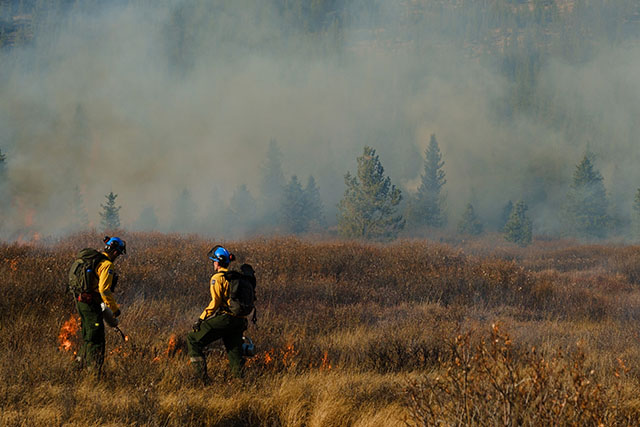
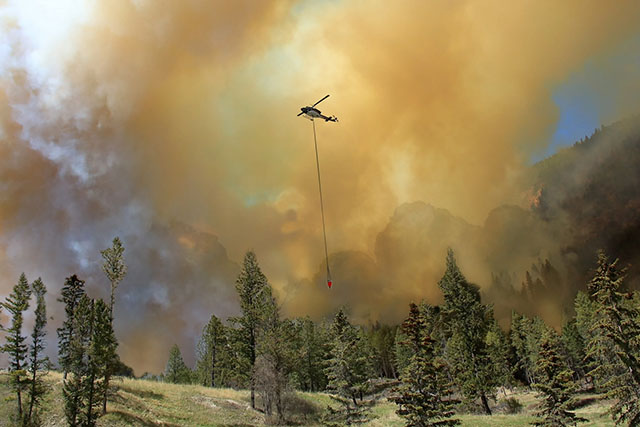
Prescribed fire is the planned use of fire to meet specific goals. Through the safe and effective use of prescribed fire, Parks Canada is improving the ecological health of forests and grasslands in the mountain parks, and in parks across Canada, while reducing the danger of wildfire to public infrastructure and neighbouring lands.
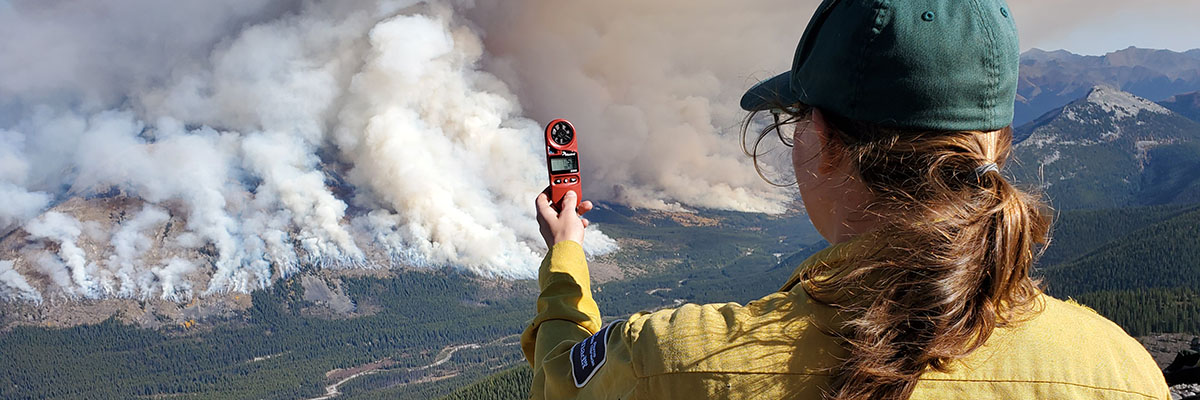
Each prescribed fire involves extensive planning which can take years to complete. The plan undergoes a careful assessment of potential impacts and requires exact conditions to be met before ignition occurs. As precise weather conditions and fire behaviour are needed to achieve the desired result, a prescribed fire plan anticipates that fire specialists may need to adapt their actions daily or even hourly based on actual weather conditions and fire behaviour. Adaptations, such as aborting the prescribed fire, adjusting how or where the fire is lit, and contingencies that respond to a fire threatening to leave the designated area, are built into the plan.
Informing future actions
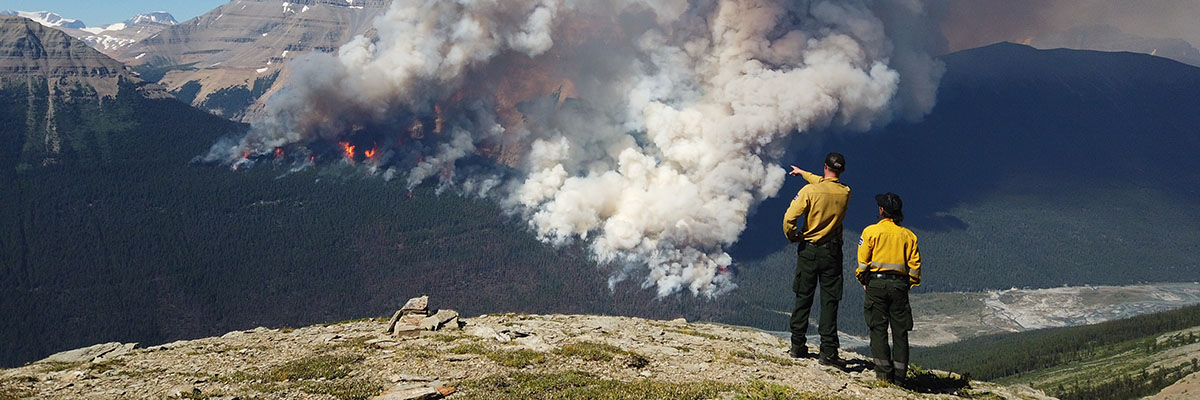
Immediately following a prescribed fire, short-term conditions are monitored closely using in-person observation, remote stationary weather stations and cameras, drones, and aerial thermal scanners. After-action reviews that outline what went right, what did not go as planned, and ways to improve are implemented after each prescribed fire.
Long-term monitoring of prescribed fire sites assesses whether the objectives of habitat creation for wildlife, plant species restoration, and the protection of near-by communities were achieved. At any stage in this process, from planning, to execution, through short-term and long-term monitoring, lessons learned are used to improve the next iteration of the conservation approach.
Outcomes 2018 to 2023
The last 5 years of prescribed fires in the mountain parks have shown significant benefits in vegetation communities with shorter fire cycles, including grasslands, montane meadows, and forests dominated by Aspen and Douglas Fir. The prescribed fires have released nutrients and opened up forests, allowing for a mosaic of ecosystems that support a diversity of plants and wildlife.
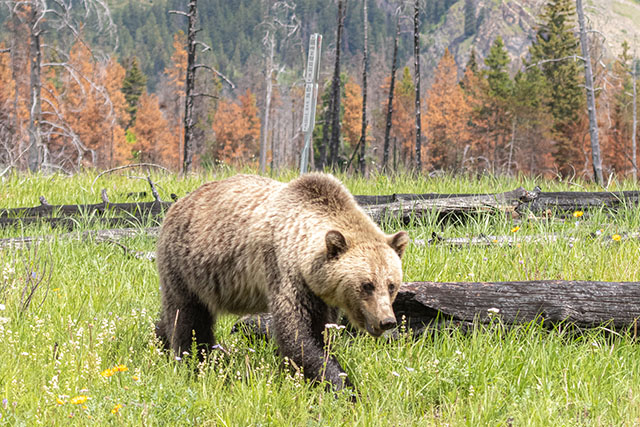
Climate resiliency
Reintroducing fire to the landscape, through prescribed fire, can help improve the ecosystem's adaptability in a changing climate by creating more diverse and resilient landscapes. As our climate changes, fire seasons are predicted to become longer, with potential for larger, more severe wildfires. By using prescribed fire to reduce the amount of fuel that has accumulated on the forest floor over the years, and through the construction of fire breaks to slow the spread of fires, Parks Canada is working towards ensuring future wildfires will be less intense and easier to control or extinguish.
Supporting Indigenous-led cultural burning practices, learning and adapting
The use of prescribed fire as a conservation approach is closely linked to Parks Canada’s support of the restoration of Indigenous-led cultural burning practices. Guided by Indigenous partners, Parks Canada is now exploring how Indigenous-led cultural burns and prescribed fire could work in tandem in parks across the country. Embracing the wisdom within the long-held practice of cultural burning will help Parks Canada evolve its fire management practices and guide the way forward.

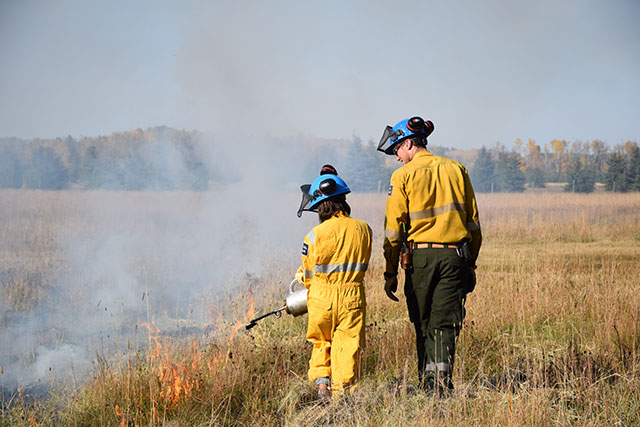
Parks Canada recognizes the recent difficult years of wildfires in many parts of the country with many communities, businesses, and people impacted. Focused work continues in national parks across the country to make landscapes and neighbouring communities safer from wildfire.
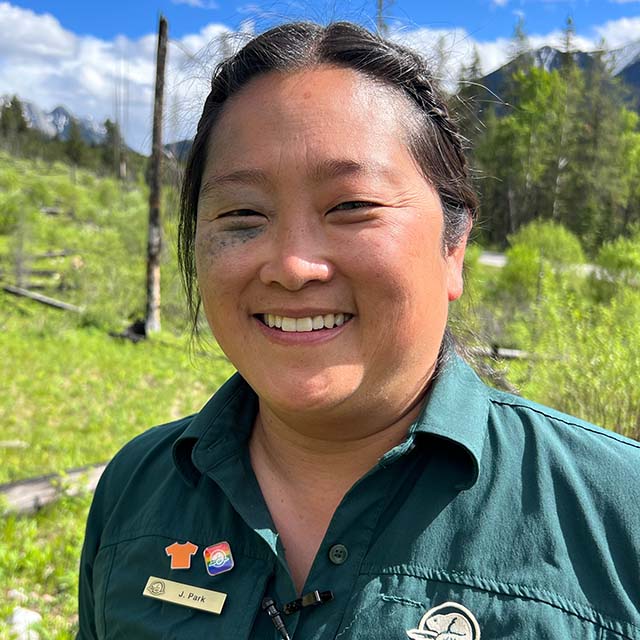
“I love the fact that the work that we do has tangible, visible impacts on the ecosystem. Fire managed appropriately, will always increase the resilience of that ecosystem to things like climate change or the negative impacts of wildfire.”—Jane Park, Fire/Vegetation Specialist, Parks Canada
Video
Watch how Parks Canada uses prescribed fire to create more diverse and resilient ecosystems.
Transcript
[Seth Cherry] Fire suppression is any tactics that are used to control or extinguish a wildfire once it starts.
Fire suppression really has resulted in a lack of diversity in our forests.
We get forest stands that are all the same age. Lots of the same species.
The canopy closes.
Sunlight is not reaching the forest floor.
So really, a monoculture of sorts.
Over many years of fire suppression, we've seen reductions in wildlife habitat.
We lose open areas where forage grows for a number of different species.
Prescribed fire is a really important tool to increase the diversity of our forests.
We wait until the weather conditions are just perfect for our prescribed fires.
We're looking at things like humidity, temperature, wind speed and wind direction, and making sure that everything is aligning so that we can open up the forest canopy, allow species like grasses and forbs that are really suitable to a number of wildlife species.
The end result of that is a more resilient forest.
Learn more
Related links
- Date modified :